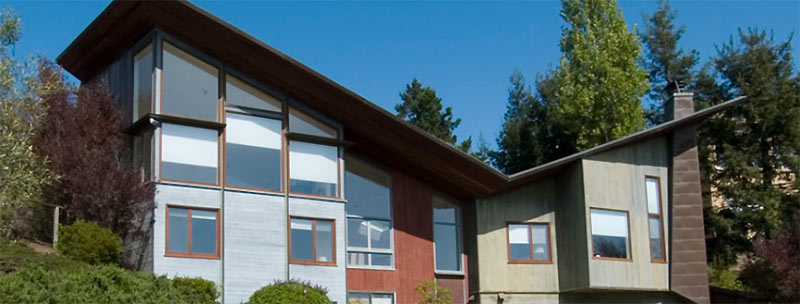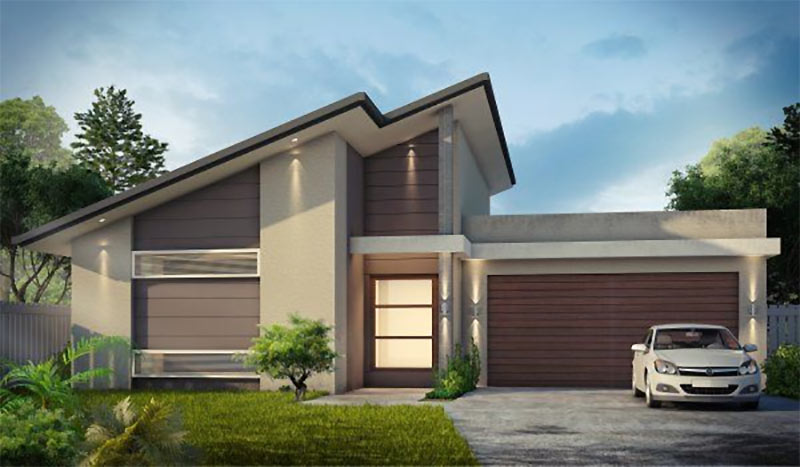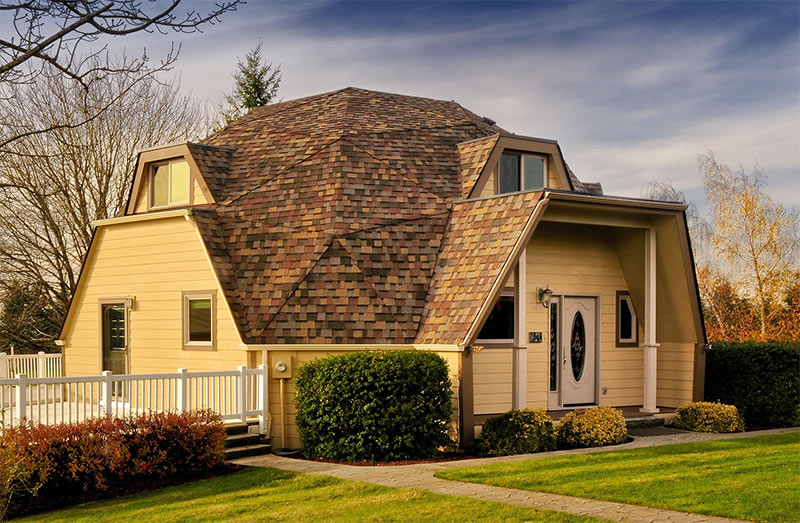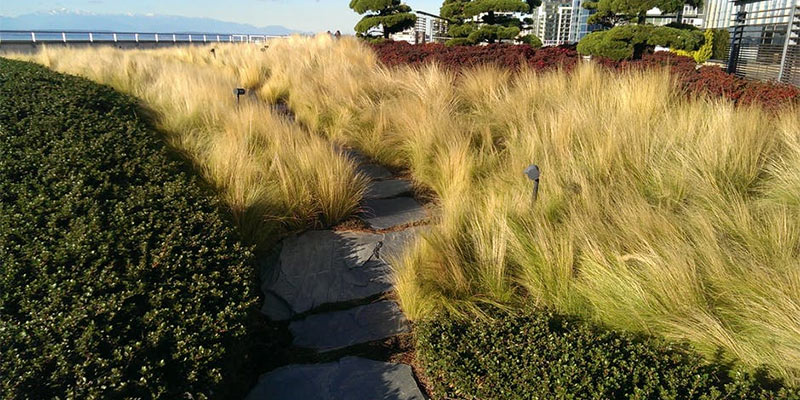
Rooftop gardens or green roofs are getting increasingly popular, which is great because they help the environment in so many ways. So should you build yourself a green roof? Like any plant-related hobby, it’ll need some work. You’ll have to consult with professional roofers and have them evaluate your roof’s structural integrity. You’ll also need to consider environmental factors like sunlight, wind, and water.
A green roof is essentially any roof that has vegetation planted on it. Apart from creating lush and beautiful environments, green or living roofs help you cut your energy consumption, saving environmental resources. They soak up rainfall that would have otherwise caused soil erosion and become habitats for birds, butterflies, and insects. They also help reduce roof temperatures that contribute to the heat island effect in cities.
Want to transform your unused roof space into a rooftop garden or green roof? Here are five of the best roof shapes or designs for that project.
Flat roof
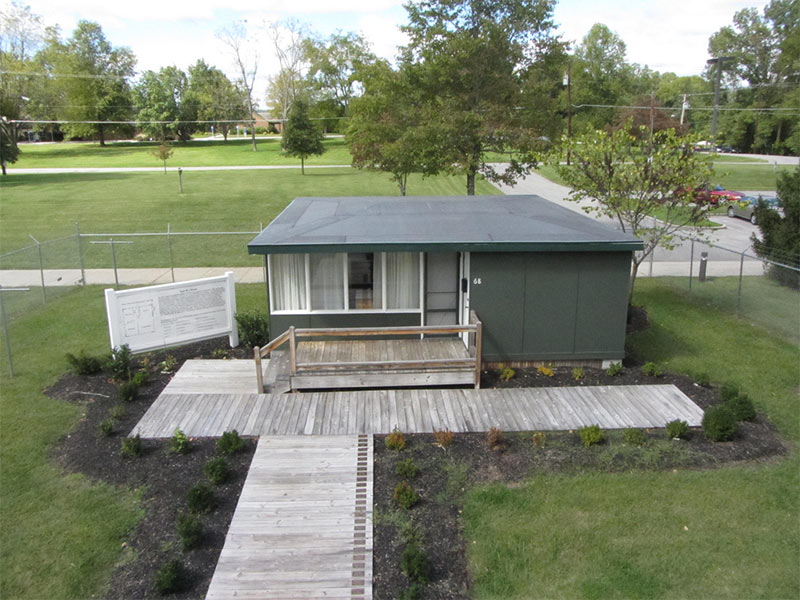
Flat roofs are almost entirely flat with just the slightest pitch for water drainage. These are most commonly found in commercial buildings, but some houses have them too. Flat roofs are suitable for both high- and low-rainfall places. The trick to making sure they last a long time is to waterproof them well.
Flat roofs are great because they offer additional outdoor living space. You can build a greenhouse or an additional room on them. They’re perfect for solar panels and heating and cooling units. And they’re the perfect roof design for a rooftop garden or living roof.
The most common roofing materials for a flat roof are metal sheets, tar and gravel, PVC, and rubber membrane. Before you start planting, you’ll have to add a few layers consisting of these basic components: a waterproofing membrane or pond liner, a drainage layer, a root-protection barrier, and soil or growing medium.
Unlike roofs that are sloped, flat roofs allow you to add a wide variety of plants, including tall ones and heavy ones, to your garden. They also let you do some landscaping and add rocks, gravel, and garden decor. Some people even add ponds and garden furniture to their green roofs.
Butterfly roofs
Butterfly roofs are beautiful and modern. They’re common in contemporary tropical home designs and eco-friendly structures. Butterfly roofs consist of two pieces that are connected in a V-shape. The middle, where the two pieces meet, is angled downward and forms a valley.
Depending on the pitch, butterfly roofs may be just flat enough to plant a rooftop garden on. The midsection where the two angled pieces meet allows rainwater to be drained and collected in a rain barrel or other reservoir.
If installed correctly, adding vegetation to a butterfly roof won’t make it likely to leak. According to Forbes, there’s no evidence that green or living roofs are more prone to leaking. On the contrary, green roofs have longer life cycles because the weatherproof membrane protects the roofing material from sunlight while the plants and growing medium serve as barriers against weathering.
Skillion roof
A skillion roof is perfect for grasses and other sturdy species of plants. This type of roof is angled and usually attached to a taller wall. It’s typically used on sheds, porches, and extensions to homes.
Dome roof
Dome roofs are uncommon but incredibly attractive. And as seen in this article from Architect Magazine, they look amazing when vegetation is added.
Dome roofs can be made from shingles, wood, metal, and even glass. They’re great for growing grasses, moss, and low-growing succulents. Because of the shape of the roof, the entire space gets sufficient sunlight and rain. Dome roofs are expensive to construct, but they do make an interesting and attractive choice for a shed or other small structure.
If you have the right roof for it, building a green roof or rooftop garden is a worthwhile project that could help cool your house in summer and lower your energy bills. At the very least, it will definitely add to your home’s beauty and appeal. Good luck!

